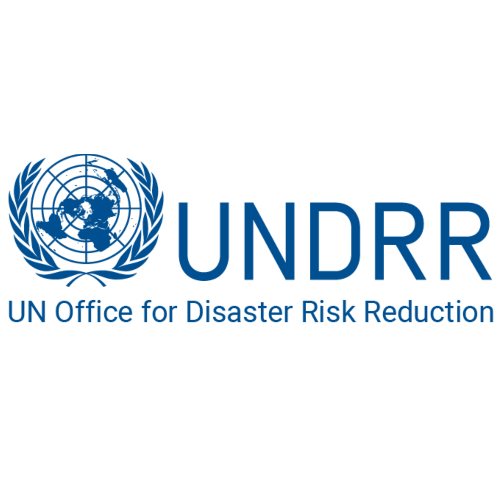Unpacking Infrastructure Resilience: Lexicon, Principles and Standards
Day 3, 6 May 2022, 1100 - 1200 IST
Session Annotation
Integrating resilience into infrastructure policies, management and investments require a clear understanding of what “resilience” means and incorporates. Articulation of infrastructure resilience definitions, concepts, principles and metrics, provides a common language and understanding of resilient infrastructure by way of which, governments, investors, designers, builders, operators, and public stakeholders can ensure resilience to disasters and climate change.
Co-organized with the United Nations Office for Disaster Risk Reduction (UNDRR), this session will focus on two key initiatives undertaken in this direction: (i) the Disaster Resilient Infrastructure (DRI) Lexicon, an initiative of CDRI, for standardizing terminology related to the resilience of infrastructure building upon the plurality of existing terminologies; and (ii) the global Principles for Resilient Infrastructure, an initiative of UNDRR, that form the basis for planning and implementation of infrastructure projects with resilience as a core value.
Session Overview
A 2016 report by New Climate Economy calculated the need for approximately US$90 trillion investment in infrastructure over 15 years, far greater than what is already in the existing stock. In 2021, the Global Adaptation Commission pegged this estimate to $95 trillion, including the funding for COVID-19 stimulus packages. If mobilized, these investments would not only replace ageing infrastructure but also establish new and much-needed infrastructure systems.
Currently there is limited understanding of what “resilient infrastructure” entails in terms of policy, planning, and practical measures, to ensure resilience of infrastructure now and in the future. Also, resilience of infrastructure can have varied connotations for different stakeholders, including public, private and academia, working within the DRI ecosystem. Clarity in the concept of infrastructure resilience, its principles, metrics, and standards for resilient infrastructure would help build consensus as well as the needed regulatory mechanism for ‘disaster and climate resilience’ as a quality parameter for future investments in infrastructure. Globally accepted terminology and standards would plug this critical gap.
This session builds on two seminal initiatives for resilient infrastructure. The first is the ‘Disaster Resilient Infrastructure (DRI) Lexicon’ initiative of CDRI. As a collaborative effort between the partners of the Coalition, the lexicon aims to offer a common vocabulary for stakeholders in the DRI ecosystem to facilitate effective communication and collaboration based on a shared understanding of key aspects of DRI. The second one is the ‘Principles for Resilient Infrastructure’ initiative of UNDRR to support implementation of Sendai Framework for Disaster Risk Reduction 2015-2030 and the Sustainable Development Goals. The purpose of these global principles is to raise awareness and set an understanding of what ‘resilient infrastructure’ constitutes. These principles will serve as the basis for planning and implementation of infrastructure projects that take resilience as a core value, and for communicating the desired outcomes of national infrastructure systems to establish resilience of critical services. These will also help in setting the foundation for risk informed policy and investment decisions.
Speakers
Partner Organizations







